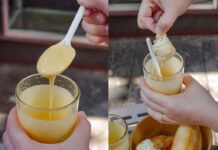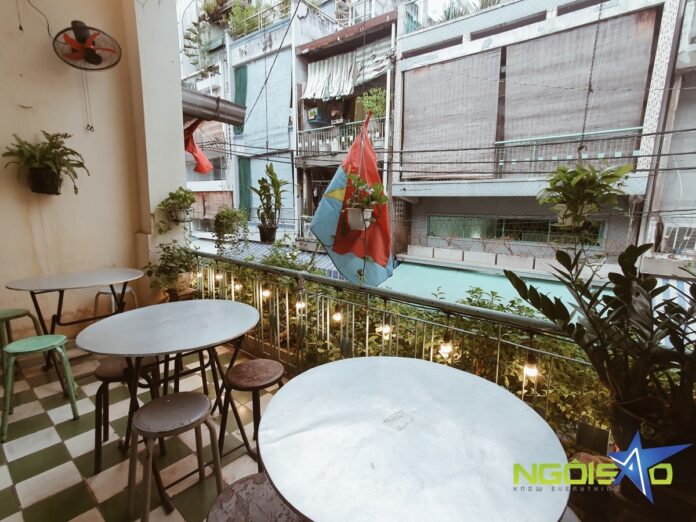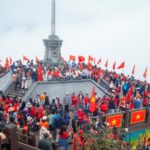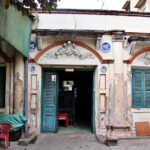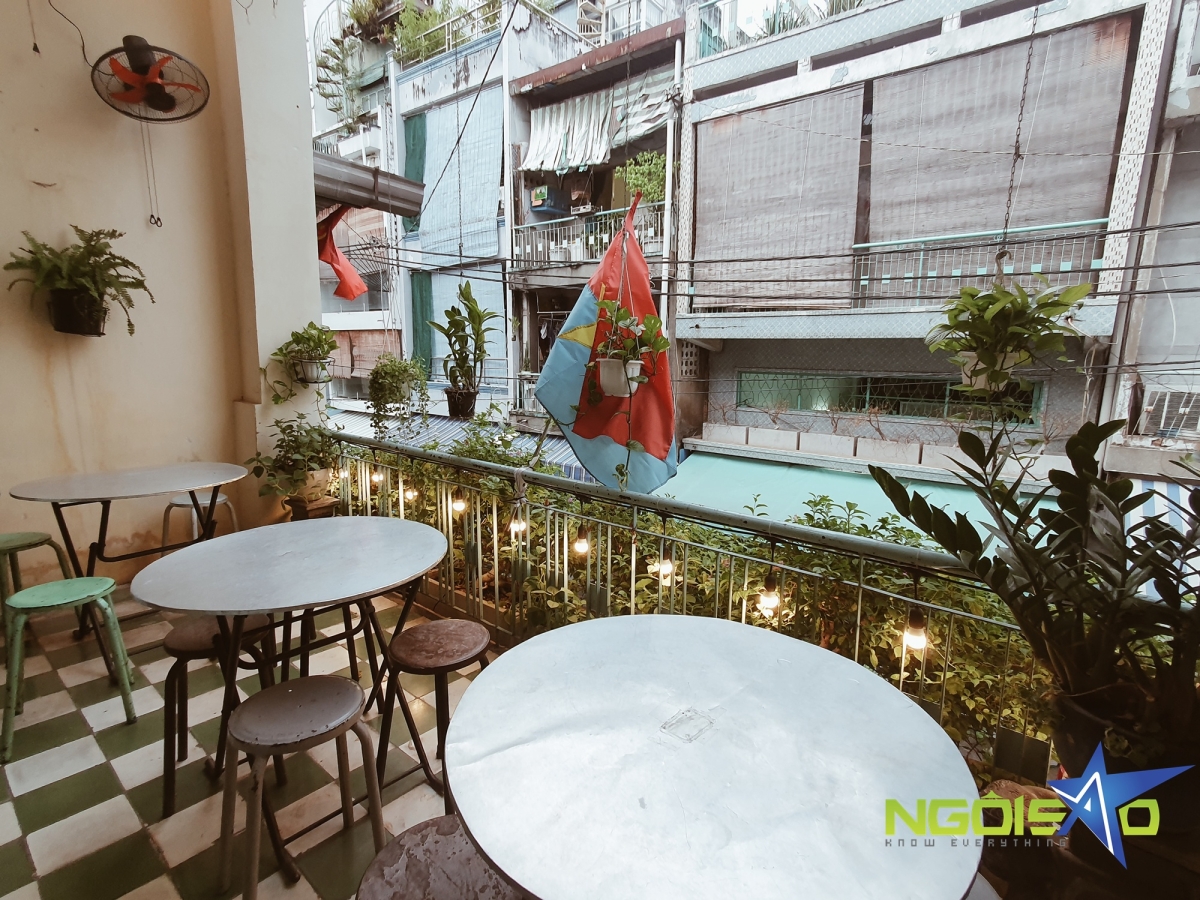
Nestled in an alley connecting the bustling Nguyen Dinh Chieu and Vo Van Tan streets, a two-story colonial house with a spacious balcony proudly flies the flag of the National Front for the Liberation of South Vietnam.
During the anti-American resistance war, this house served as the covert base of two heroic members of the Saigon-Gia Dinh Commandos: Tran Vai Lai (also known as Mai Hong Que, Nam Lai, and Nam Usom) and his comrade-in-arms, Dang Thi Thiep (alias Dang Thi Tuyet Mai). Lai, a contractor for the design and interior decoration of the Vietnam Republic Presidential Palace (now the Independence Palace), leveraged his position to engage in revolutionary activities. Thiep, posing as his wife, joined him in this dangerous endeavor, which eventually blossomed into a genuine marital bond, yielding six children.
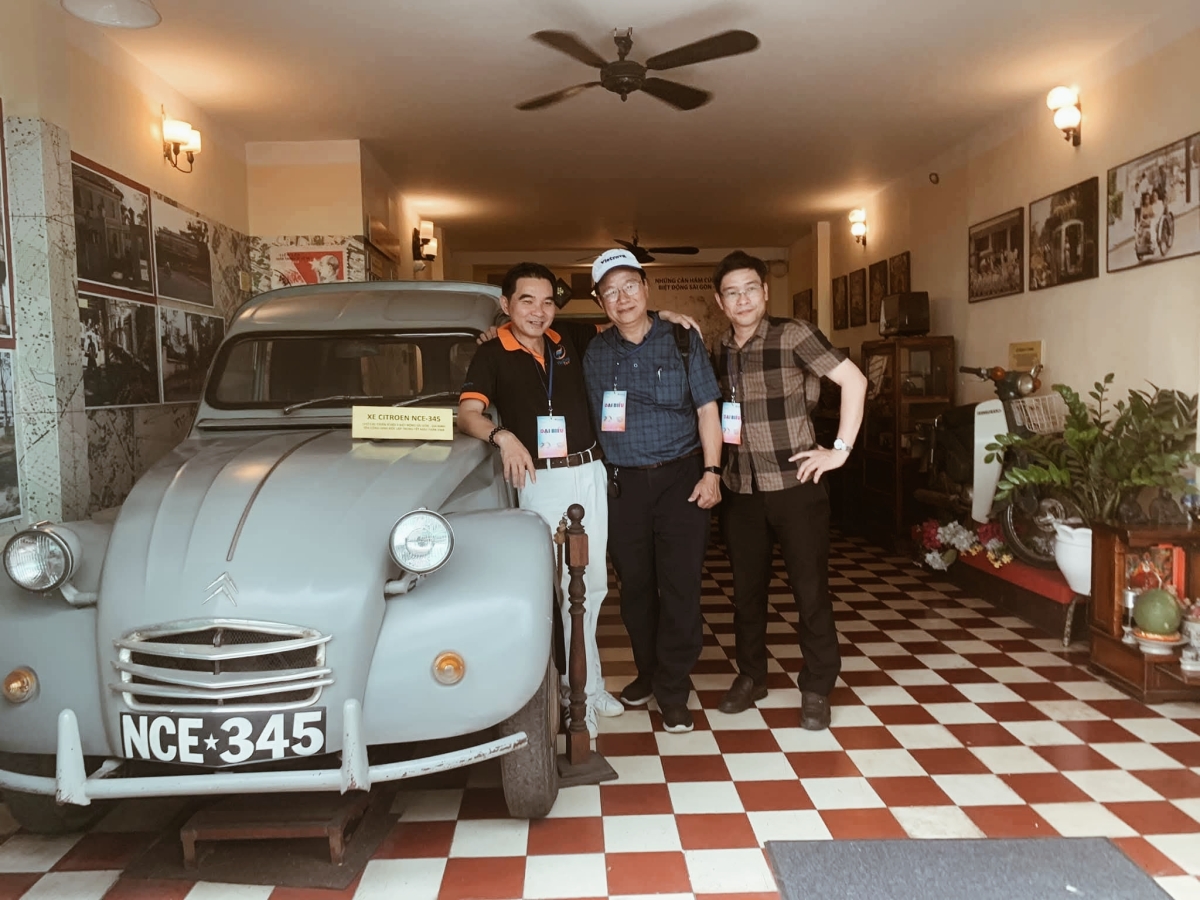
Lai’s identity was exposed following the 1968 Tet Offensive, leading to the seizure and sale of this site, along with other Saigon-Gia Dinh Commando bases, by the former regime.
Post-reunification, the Command Headquarters of Ho Chi Minh City reclaimed the house, transforming it into a historic site. Today, it operates as part of the Saigon-Gia Dinh Commando Museum, overseen by Tran Kien Xuong, the third child of Lai and Thiep. Xuong serves as the Chief of the Southern Office of the Supreme People’s Court.
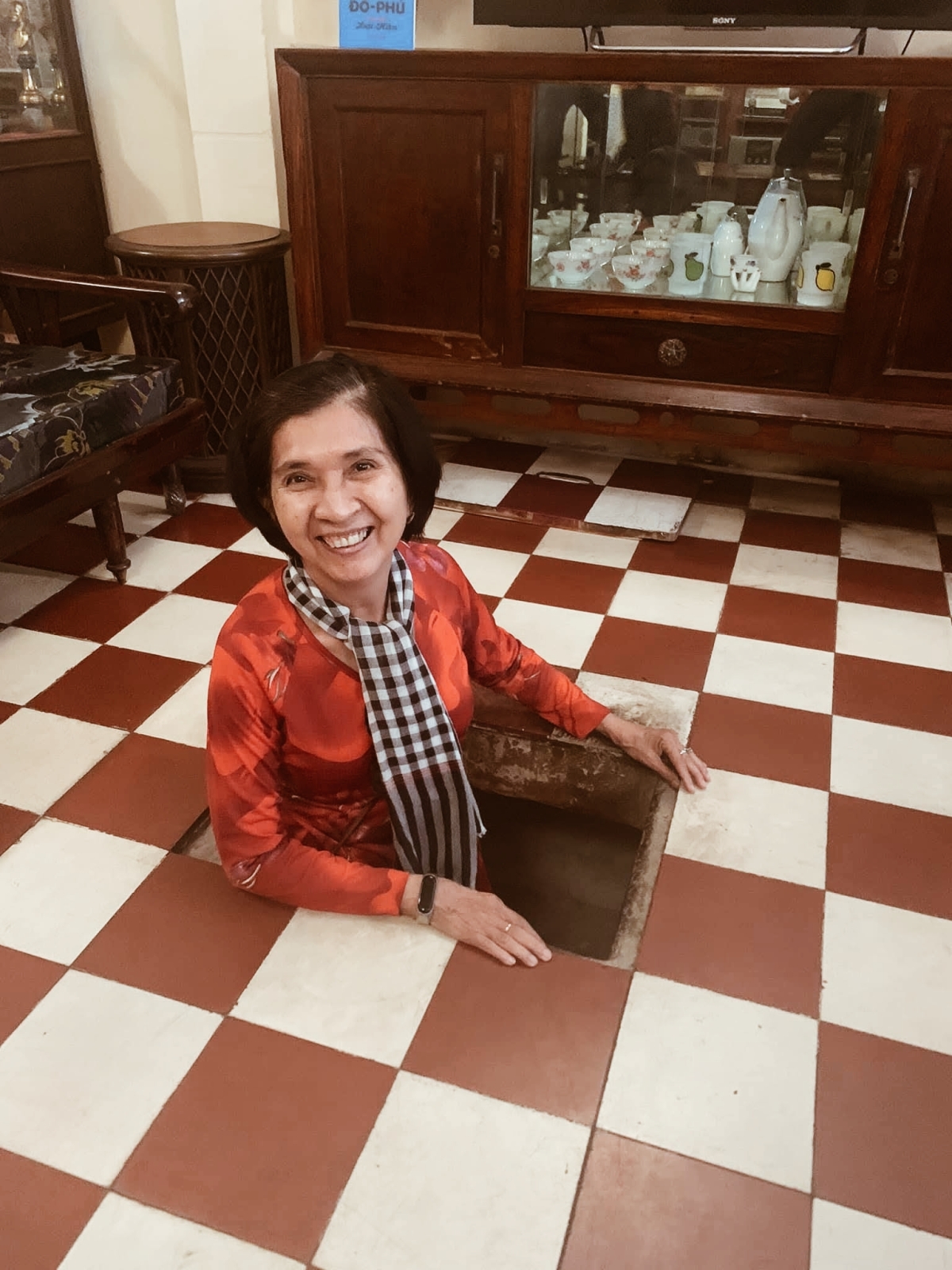
The museum’s highlight is an underground tunnel, skillfully concealed beneath the living room’s tea table. This clandestine passageway connects the ground floor to the upper level, providing a strategic advantage for the revolutionaries. According to Xuong, his parents single-handedly dug this tunnel over several months around 1965, in preparation for the 1968 Tet Offensive.
The ground floor and basement of the Saigon-Gia Dinh Commando base in District 3, Ho Chi Minh City. Video: Thanh Khoa – Phong Kiều
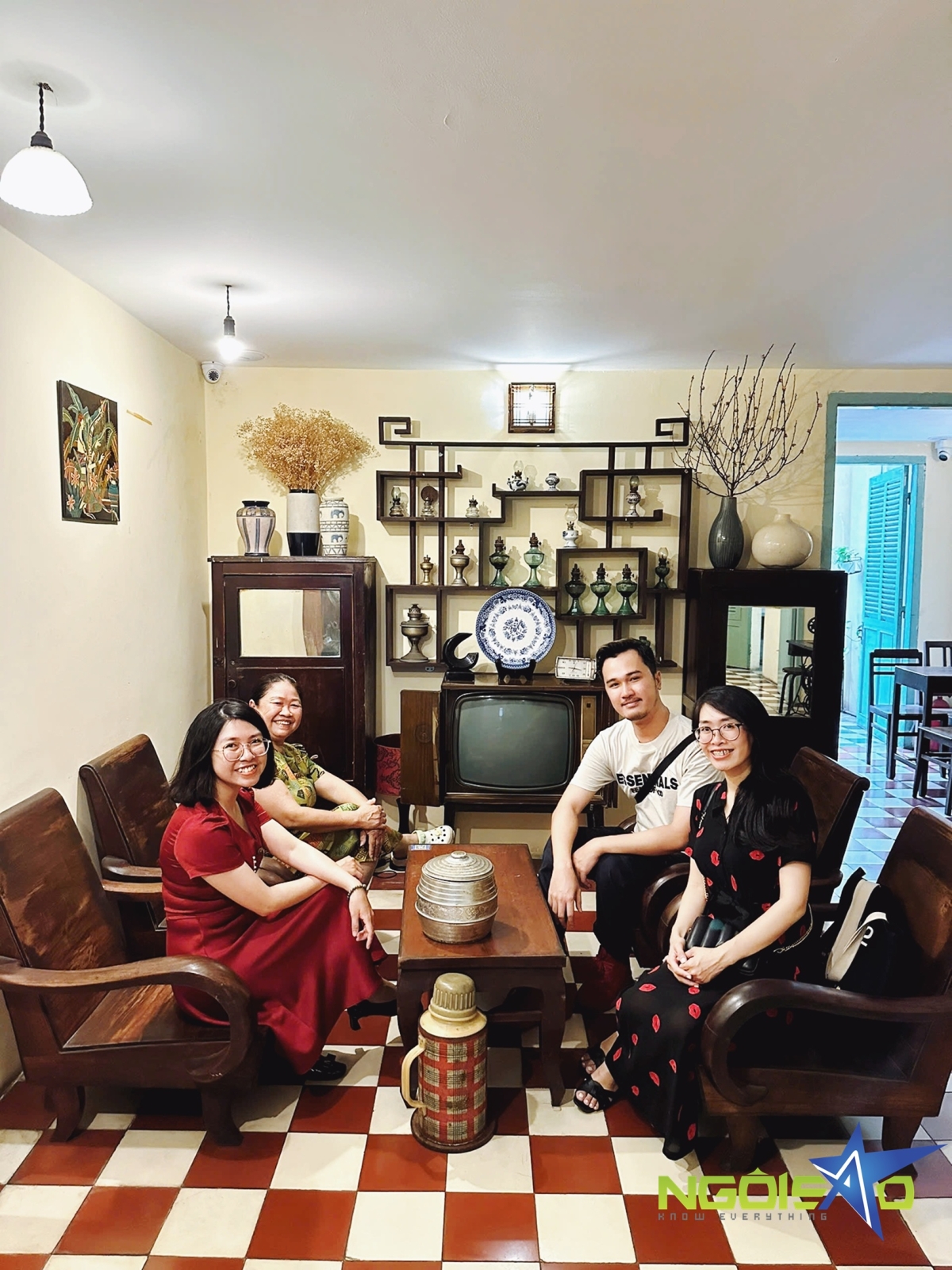
The house exudes an air of sophistication, reflecting the lifestyle of a successful merchant in the 1960s. It is elegantly furnished, showcasing the era’s aesthetics.
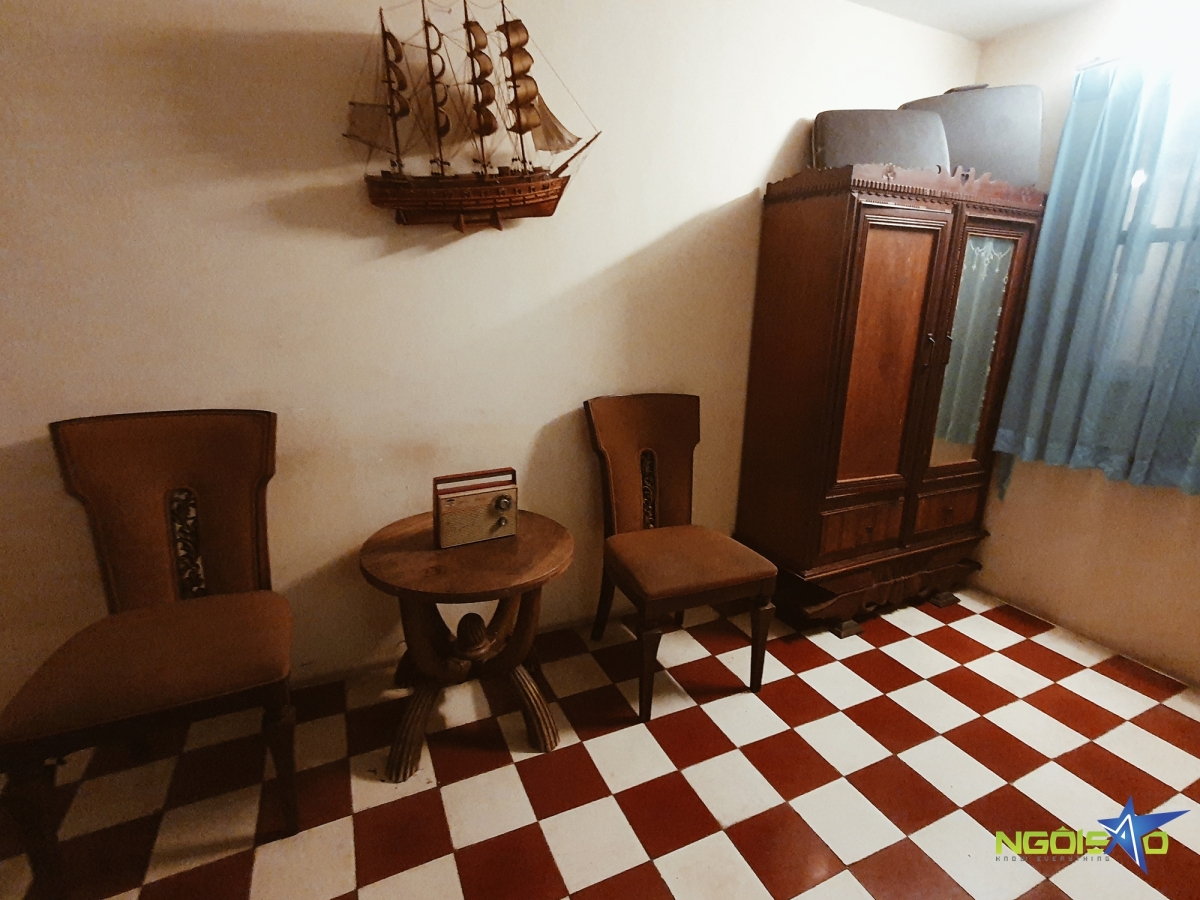
A glimpse into the bedroom reveals a space where Thiep’s maternal touch is evident. During the war, she and her children resided in a separate house on Nguyen Thi Huynh Street in Phu Nhuan District. The children could not publicly acknowledge Lai as their father, and when he visited, they addressed him as ‘má’ (‘aunt’) or ‘bác’ (‘uncle’) to avoid arousing suspicion.
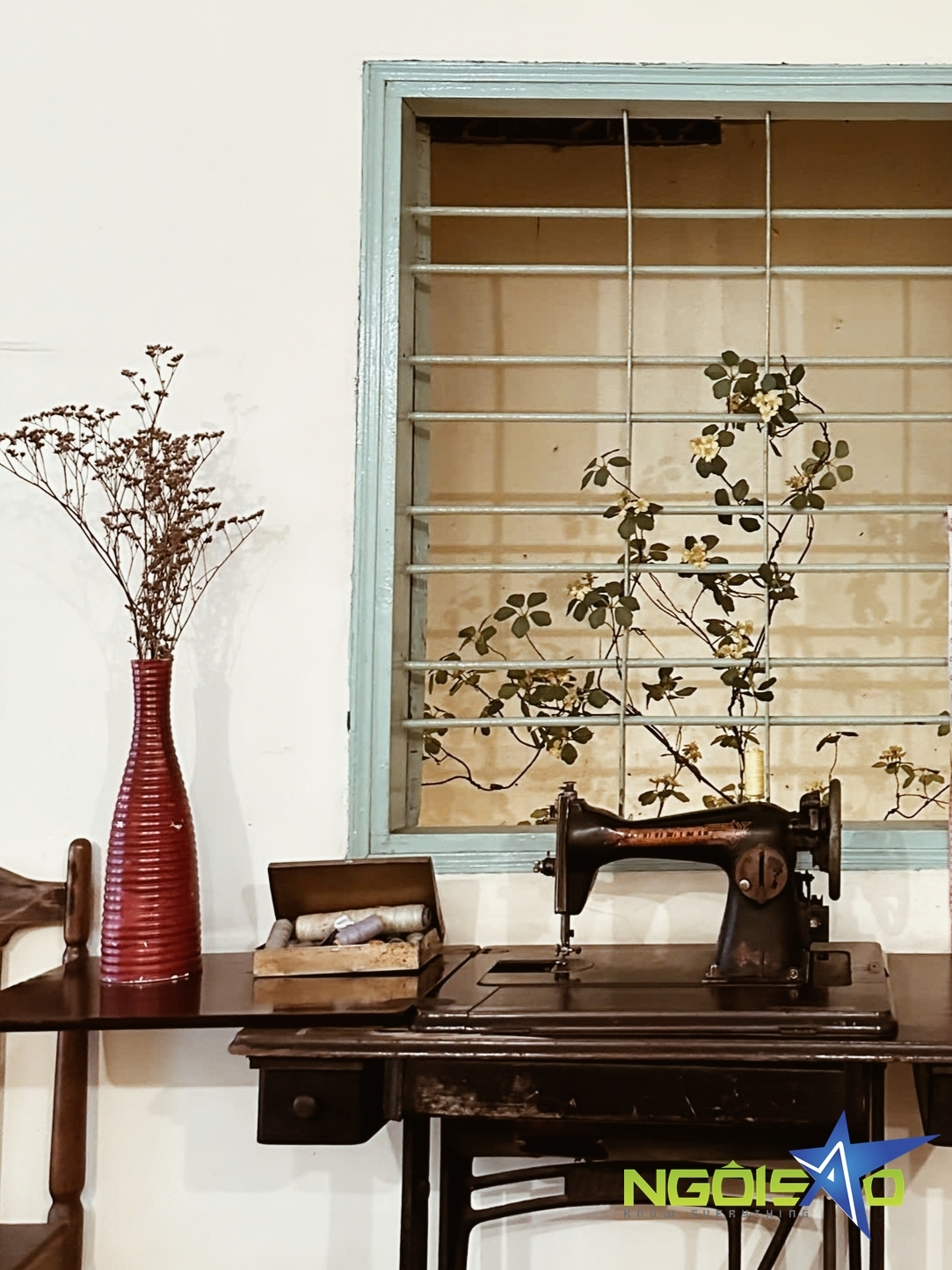
Thiep’s sewing corner, a testament to her resourcefulness and domestic skills, is also on display. For years, she endured the stigma of being an unwed mother to multiple children. It was only after reunification that she and Lai were officially recognized as underground operatives of the Saigon-Gia Dinh Commandos and legally married. Their first four children were then registered with a shared birth date of May 7th. Intriguingly, even after their father’s true identity was revealed, the habit of addressing him as ‘uncle’ or ‘father’ persisted among the siblings.
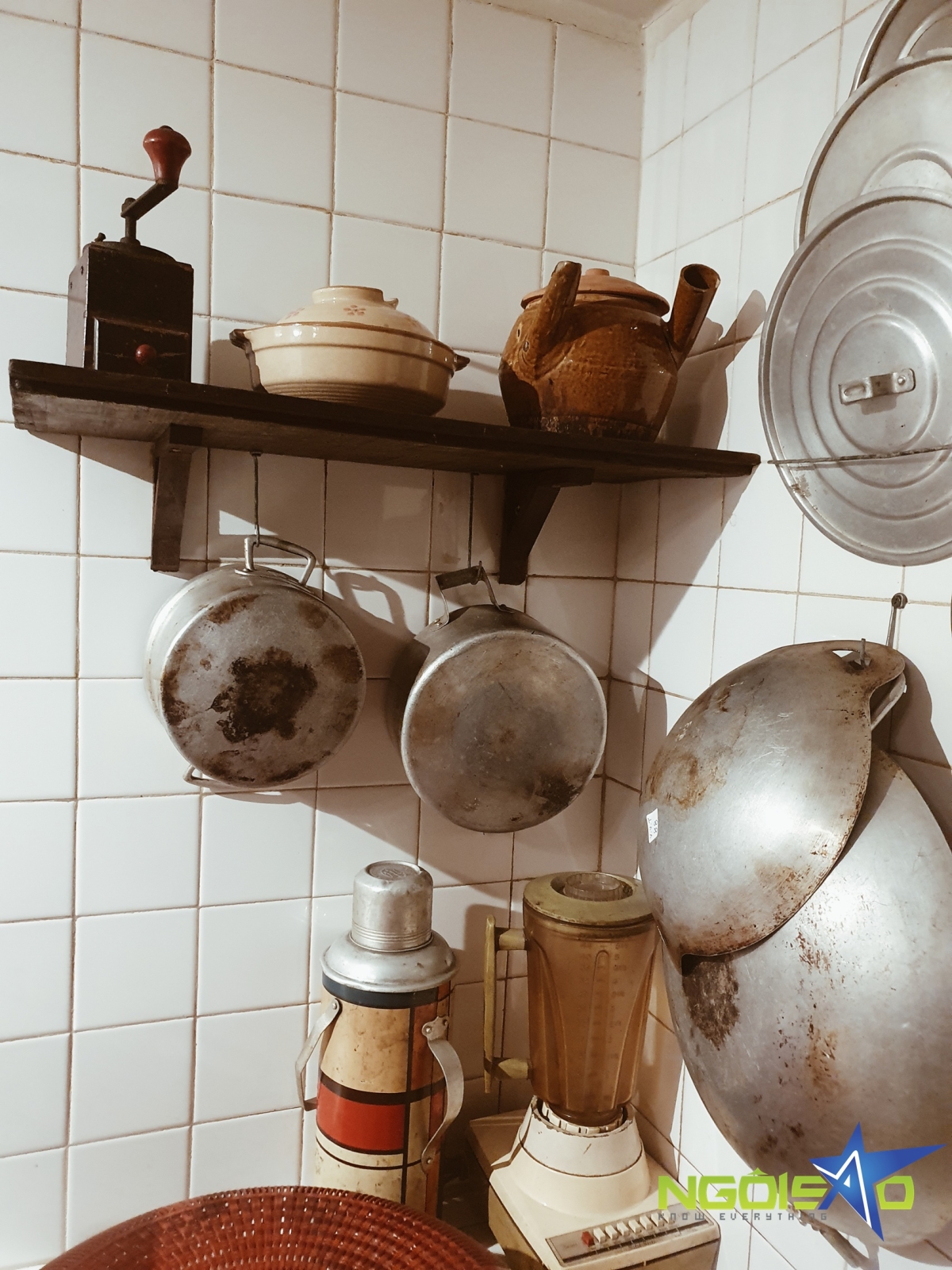
The kitchen is a testament to the attention to detail in the museum’s restoration. Authentic artifacts from the commandos’ activities are seamlessly integrated with vintage items sourced from various collectors. This blend of history and nostalgia evokes a profound sense of respect for the sacrifices made by these valiant freedom fighters.
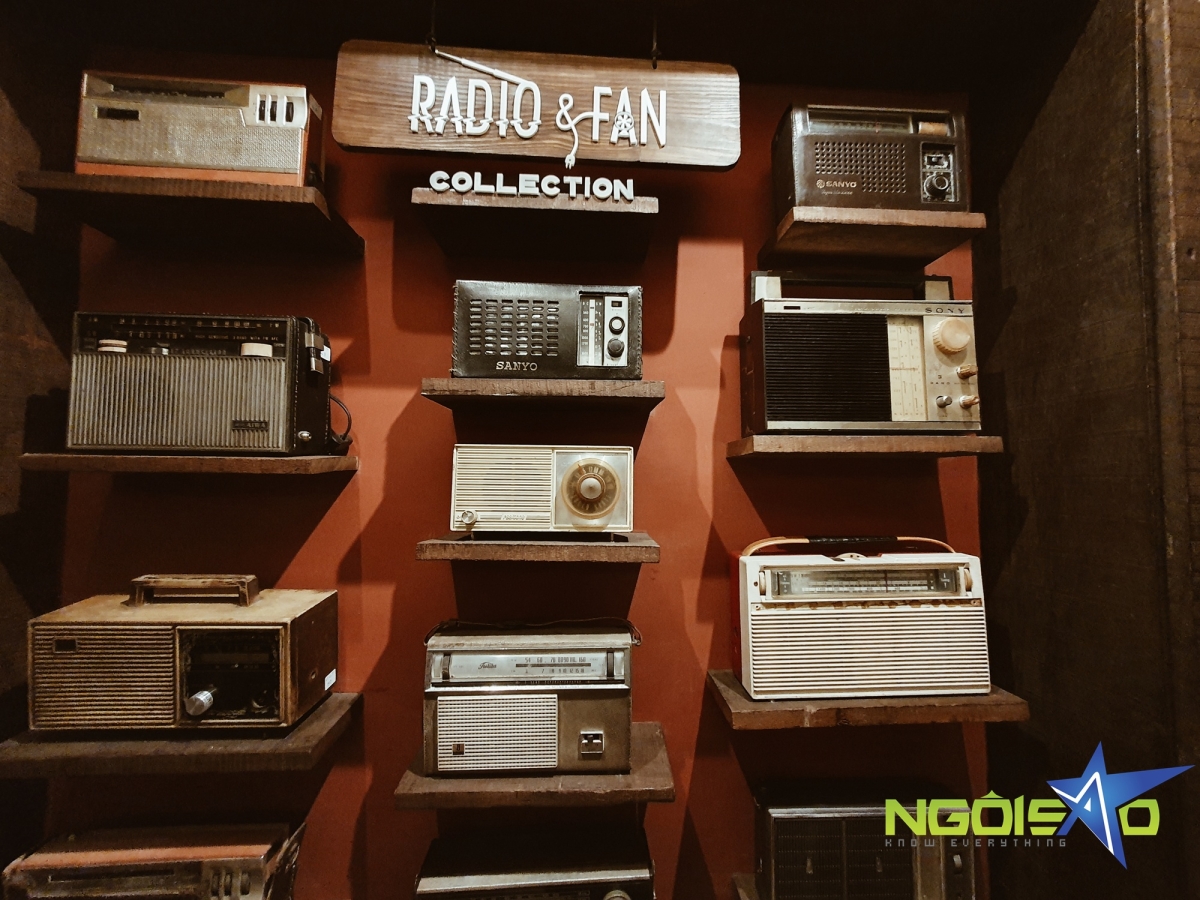
Since the 1980s, Xuong has dedicated himself to restoring the Saigon-Gia Dinh Commando bases. Thus far, he has successfully revived ten locations, with three sites open to the public in Ho Chi Minh City’s inner districts and one in Can Gio Island District.


















